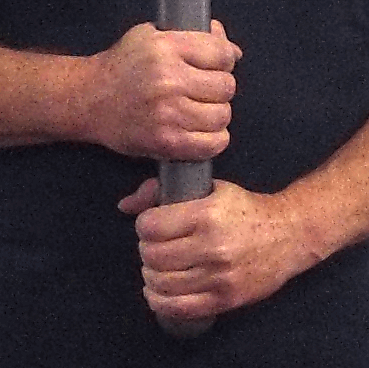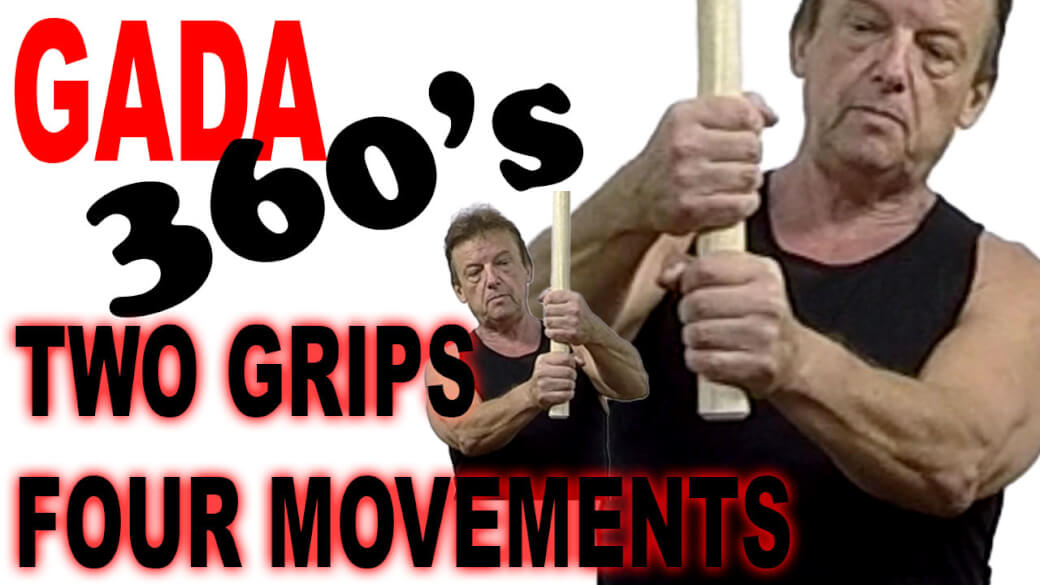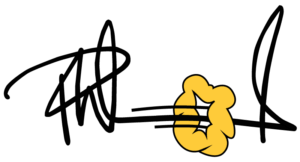Gada Mace 360’s Two Grips Four Movements
‘한국어 번역‘
Neil Meekings from Momentum Fitness and UK Mace & Club Trainers asked the following question. Can you explain what you mean about the Gada Mace 360s and hand positioning?
The Gada 360’s can be swung using two different grips. Each grip can be swung clockwise and anti-clockwise. Hence Two Grips Four Movements
The Gada is held with an asymmetric grip, left over right, or right over left. When the Gada is held in front of the body, the uppermost hand also is the lowest behind you and reach the nape of the neck, achieving a deep full triceps extension.
Prime Arm
This is important in achieving a good swing and protecting the elbow. So I call it the PRIME arm as it does most of the work.
Secondary Arm
The other arm, in this case, SECONDARY, is the lower of the two at the front (loose gripping) and becomes the uppermost during the backswing. The Secondary arm does not achieve a full triceps extension due to the mechanics of the swing, the role of this arm is to help guide the flight of the Gada, and works in a supporting role.
The 360 Swing
The 360 is an excellent way to prepare for the 10-2, but it must be mastered and swung clockwise and anticlockwise using both grip variations, namely left over right and right over left.
There is no doubt that one is harder than the other, but you have to learn both swings so that you can eventually swing a 10-2 where you cannot change your grip with each swing.
Summing up the YIN and YANG of the 360
A Gada student should learn to use the following asymmetric grips, and aim to be proficient in both directions. There are four exercises, two for each grip.

GRIP left over right
LEFT over RIGHT GRIP swing a 360 clockwise and anticlockwise. The left arm working as the Primary and the right is the Secondary.

GRIP right over left
RIGHT over LEFT GRIP swing a 360 clockwise and anticlockwise. The right arm working as the Primary and the left as the Secondary.
The Benefit of Grip Mastery
The flight path or trajectory of the Gada head varies with both asymmetric grips. The student has to understand that the Gada must swing on the frontal plane and that it will swing in a straight line (not a curve). For example, if the Gada is launched forward it will swing to the back and probably hit the athlete.
The flight path is controlled from the grip.
The primary and secondary arms work together and should be thought of as complementary (rather than opposing) forces that interact to form a dynamic swing in which the Gada and the Athlete become ONE.
Misconceptions
The 360 is being taught by some trainers as a one grip swing clockwise and then reversing the grip to swing anticlockwise, this is wrong as it does NOT prepare the student for the 10-2, where you have to be able to swing in both directions without changing grip.


bonjour,
merci pour ces précieux conseils
cordialement
Marcel Karre
Hi Marcel, Thanks for your comment. You are very welcome. Paul